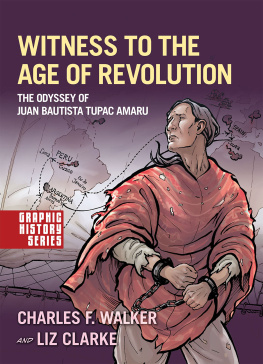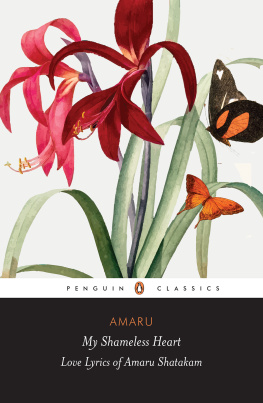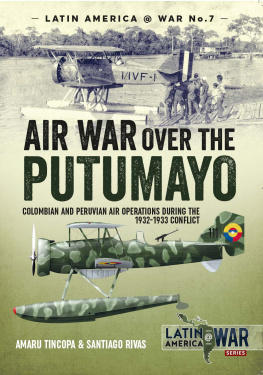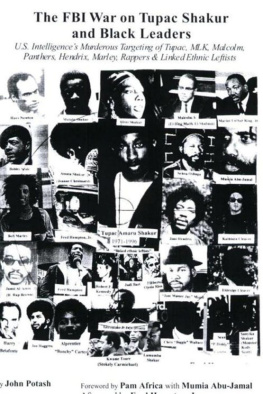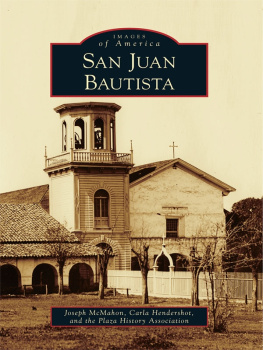WITNESS TO THE AGE OF REVOLUTION
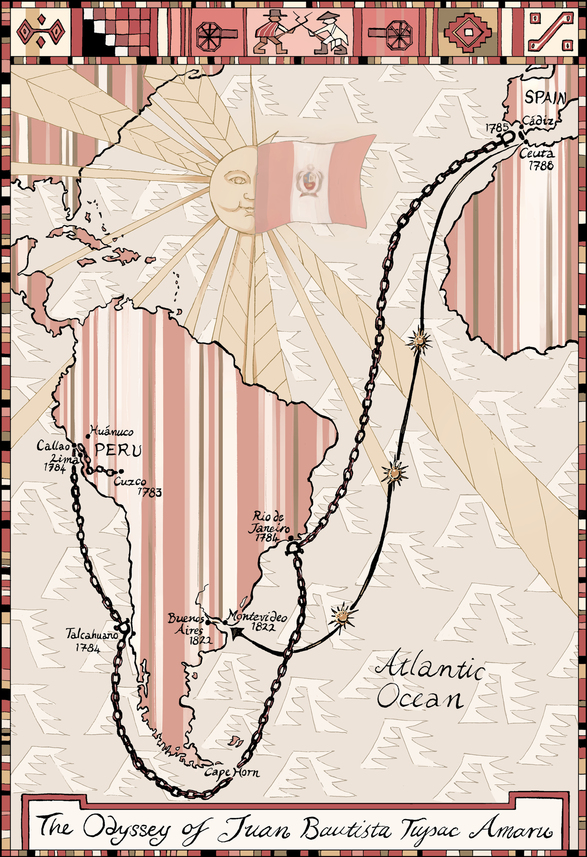

Oxford University Press is a department of the University of Oxford. It furthers the Universitys objective of excellence in research, scholarship, and education by publishing worldwide. Oxford is a registered trade mark of Oxford University Press in the UK and certain other countries.
Published in the United States of America by Oxford University Press
198 Madison Avenue, New York, NY 10016, United States of America.
Oxford University Press 2020
All rights reserved. No part of this publication may be reproduced, stored in a retrieval system, or transmitted, in any form or by any means, without the prior permission in writing of Oxford University Press, or as expressly permitted by law, by license, or under terms agreed with the appropriate reproduction rights organization. Inquiries concerning reproduction outside the scope of the above should be sent to the Rights Department, Oxford University Press, at the address above.
You must not circulate this work in any other form and you must impose this same condition on any acquirer.
Library of Congress Cataloging-in-Publication Data
Names: Tpac Amaru, Juan Bautista, 1742?1827, author. |
Walker, Charles F., 1959 author. | Clarke, Liz, 1982 illustrator.
Title: Witness to the age of revolution : the odyssey of Juan Bautista
Tupac Amaru / Charles F. Walker and Liz Clarke.
Description: New York : Oxford University Press, [2020] |
Includes bibliographical references. |
Identifiers: LCCN 2019050723 (print) | LCCN 2019050724 (ebook) |
ISBN 9780190941154 (paperback) | ISBN 9780190941161 (pdf) |
ISBN 9780190941178 (epub)
Subjects: LCSH: Tpac Amaru, Juan Bautista, 1742?1827. |
Political prisonersPeruBiography. | PeruHistoryInsurrection of Tupac
Amaru, 17801781. | Tpac Amaru, Juan Bautista, 1742?1827Comic books,
strips, etc. | Political prisonersPeruBiographyComic books, strips, etc. |
PeruHistoryInsurrection of Tupac Amaru, 17801781Comic books, strips, etc.
Classification: LCC F3444 .T894 2020 (print) | LCC F3444 (ebook) |
DDC 985/.033092 [B]dc23
LC record available at https://lccn.loc.gov/2019050723
LC ebook record available at https://lccn.loc.gov/2019050724
To the memory of Juan Bautista Tupac Amaru and
Friar Marcos Durn Martel,
for their inspiring resistance, persistence, and loyalty to each other.
Contents
PART I
The Graphic History
PART II
Historical Context
PART III
Primary Sources
Historians occasionally come across stories so fantastical that they surpass fiction. Such is the case with the tale of Juan Bautista Tupac Amaru, the subject of this graphic history. Influential readers deemed his memoirs, published in Buenos Aires at some point between 1824 and 1826, apocryphala fake. They could or would not believe that a half-brother of the famous Peruvian rebel martyr Tupac Amaru appeared in Argentinas capital forty years after the uprising with an incredible transatlantic tale of imprisonment, oppression, and salvation.
Erased by an incredulous audience of literary luminaries, Juan Bautistas story languished for over a century. Scholars only began to take him seriously with the 1941 publication of his memoirs in Peru. The editor, Francisco Loayza, showed that both Juan Bautista and Forty Years of Captivity were legitimate, including the claim that Juan Bautista was Tupac Amarus half-brother and a descendent of the Incas. Loayza painstakingly proved that Juan Bautista was the author and underlined how the memoirs shed light on the era. Loayzas publication sparked interest in Juan Bautista. New editions of his memoirs were subsequently published in Peru, Chile, and Argentina. Nonetheless, many onlookers continued to dismiss his work. As a result, he is neither a national hero in Peru, nor has he claimed his rightful position as a universal symbol of resistance in the Age of Revolution.
In fairness to the skeptics, Juan Bautista was an unlikely icon. He did not lead men into battle or give inspiring speeches. His memoirs are his only publication. He himself expressed surprise at his turns of fate, including his decades of harsh imprisonment and his return to freedom in Argentina as an old man.
Born in 1747 in an indigenous area south of Cuzco, the heart of the Incan Empire, Juan Bautista was the half-brother of Jos Gabriel Condorcanqui Tupac Amaru, the leader, along with his wife Micaela Bastidas, of the massive rebellion that exploded across the Andes from 1780 to 1783. The rebels nearly defeated the Spanish and have become icons to groups ranging from independence fighters a couple decades later to twentieth-century guerrilla groups in Uruguay and Peru. The rapper Tupac Shakur was named after Jos Gabriel. The Tupac Amaru brothers descended from the Inca monarchs defeated by the Spanish in the sixteenth century.
Juan Bautista participated in the uprising but did not occupy a leadership role. Among other allegations, prosecutors charged him with carrying his brothers bed. He was arrested and, to his surprise, released. He and his wife Susana Aguirre were then arrested again in 1782, during the brutal repression against anyone related to Tupac Amaru. Executioners had tortured and quartered his brother in a grisly public ritual on May 18, 1781. They used the garrote on Bastidas and hanged other family members and members of their inner circle.
After a horrendous year in a Cuzco jail, Juan Bautistas odyssey, as he called it, began in 1783. He was transported in shackles across the Andes to Lima. His tribulations included watching his mother die of dehydration while guards stood by and refused to help. He spent time in a claustrophobic and unhealthy cell in the San Felipe Fort in Callao, where he and many of his comrades contracted malaria, and was sentenced to exile in Spain. Juan Bautista and the other prisoners suffered during the journey around Cape Horn and across the Atlantic. More than half of the prisoners perished, including Susana Aguirre.
In 1788, after three years in the San Sebastin Castle in Cdiz, authorities sent Juan Bautista to the Ceuta presidio (a garrisoned fort and penal colony) in northern Africa, across from Gibraltar. He would spend more than thirty years in this Spanish outpost in Morocco. News of insurgencies exploding across the globe periodically raised his hopes for freedom, but they were repeatedly dashed. He befriended veterans and prisoners from Spains conflicts with Napoleons France, England, and independence forces in the Americas. He heard stories and debated about the French and Haitian Revolutions, Trafalgar, Napoleons invasion of Iberia, and the wars of independence in Spanish America. The emergence of Liberalism in Spain, whose leadersin contrast to the Absolutist Conservatives they replacedconsidered Tupac Amaru and thousands of others to be political prisoners, ultimately led to his freedom in 1820. Since 1813, he had enjoyed the company and support of another Peruvian political prisoner, Augustinian friar Marcos Durn Martel. Their love and dedication to each another is heartwarming. After many crushing disappointments, from bureaucratic (he had been in jail so long that amnesties handed down by officials did not cover him) to physical (he fell and broke his arm leaving Ceuta), he and Durn Martel reached Argentina in 1822. Juan Bautista was seventy-five years old.

